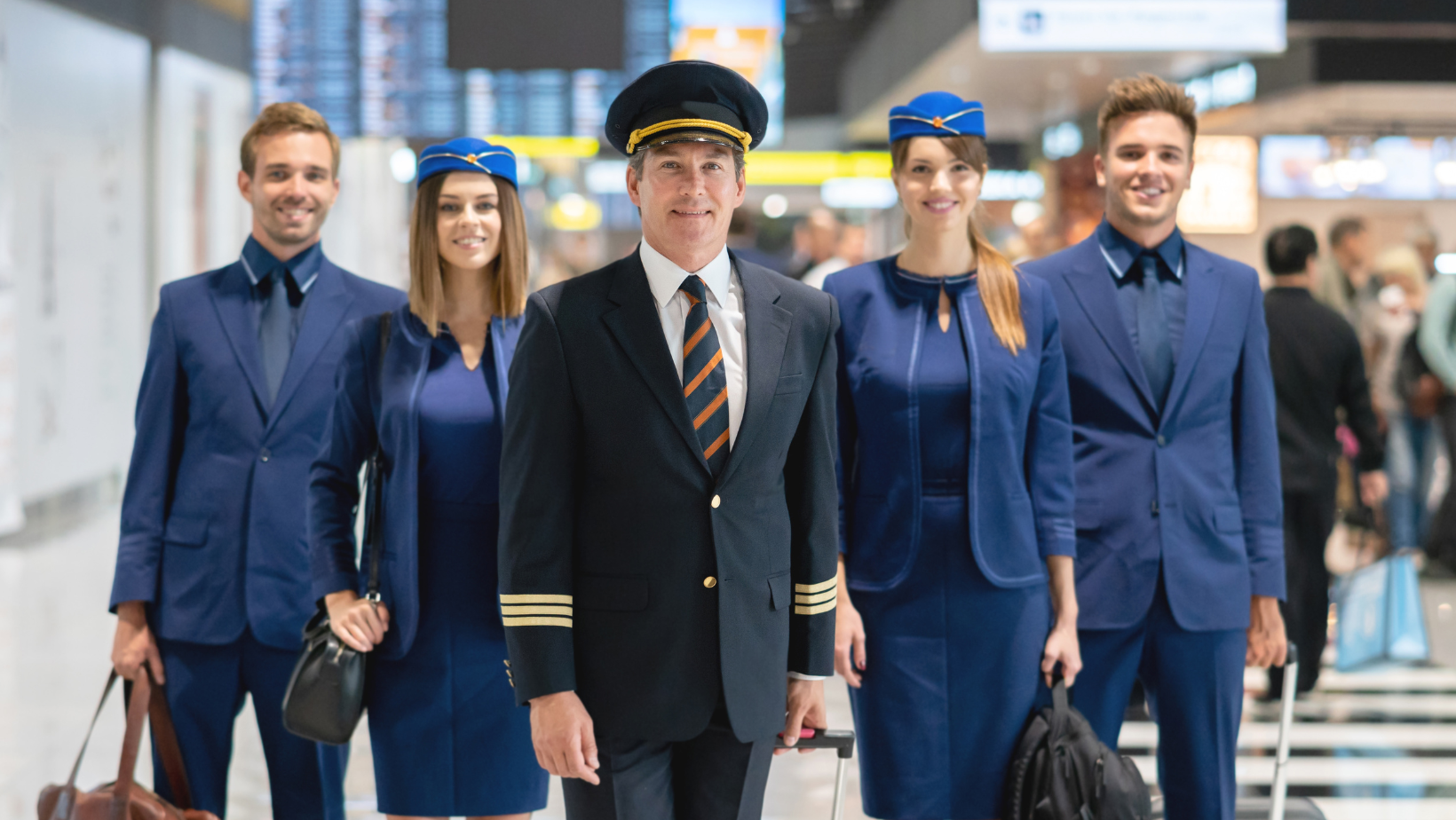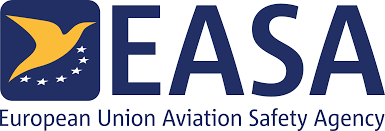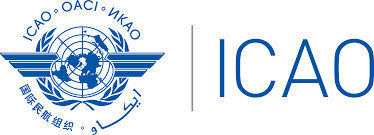UNDERSTAND THE LICENSES

Aviation
licenses play a crucial role in the career of aspiring pilots and aviation
professionals. Understanding the key differences and similarities between
different aviation licenses is essential for making informed decisions about
your career path.
In
this blog, we will delve into the details of three major aviation licenses:
EASA, FAA, and ICAO licenses. By exploring their characteristics, requirements,
and recognition, you can gain a comprehensive understanding of these licenses
and their implications on your aviation journey.

EASA (European Aviation Safety Authority) is responsible for harmonizing aviation regulations across European Union (EU)
member states. It sets high safety standards and oversees the certification of
aircraft, licensing of pilots, and regulation of aviation operations within the
EU. An EASA license is widely recognized across Europe and is often a
requirement for employment in European airlines.
FAA (Federal Aviation Administration) is the regulatory body for aviation in the United States. It establishes and enforces safety regulations, oversees the certification of aircraft and components, and sets standards for pilot training and licensing. An FAA license, particularly the Airline Transport Pilot License (ATPL), is highly regarded globally and is often sought after by pilots aspiring to work in the United States or with US-based airlines.


ICAO
(International Civil Aviation Organization) is a specialized agency of the
United Nations that sets international standards and regulations for aviation
safety, security, efficiency, and environmental sustainability. It works to
ensure that aviation operations are conducted in a uniform and standardized
manner worldwide. ICAO collaborates with member states to establish common
practices and procedures for flight operations, licensing, and aircraft
certifications.
Eu non diam phasellus vestibulum lorem.Excepteur sint occaecat cupidatat non proident, suntin culpa qui officia deserunt mollit animid est laborum.Phasellus imperdiet lacinia nulla, malesuada semper nibh sodales quis, Duis viverra ipsum dictum.


